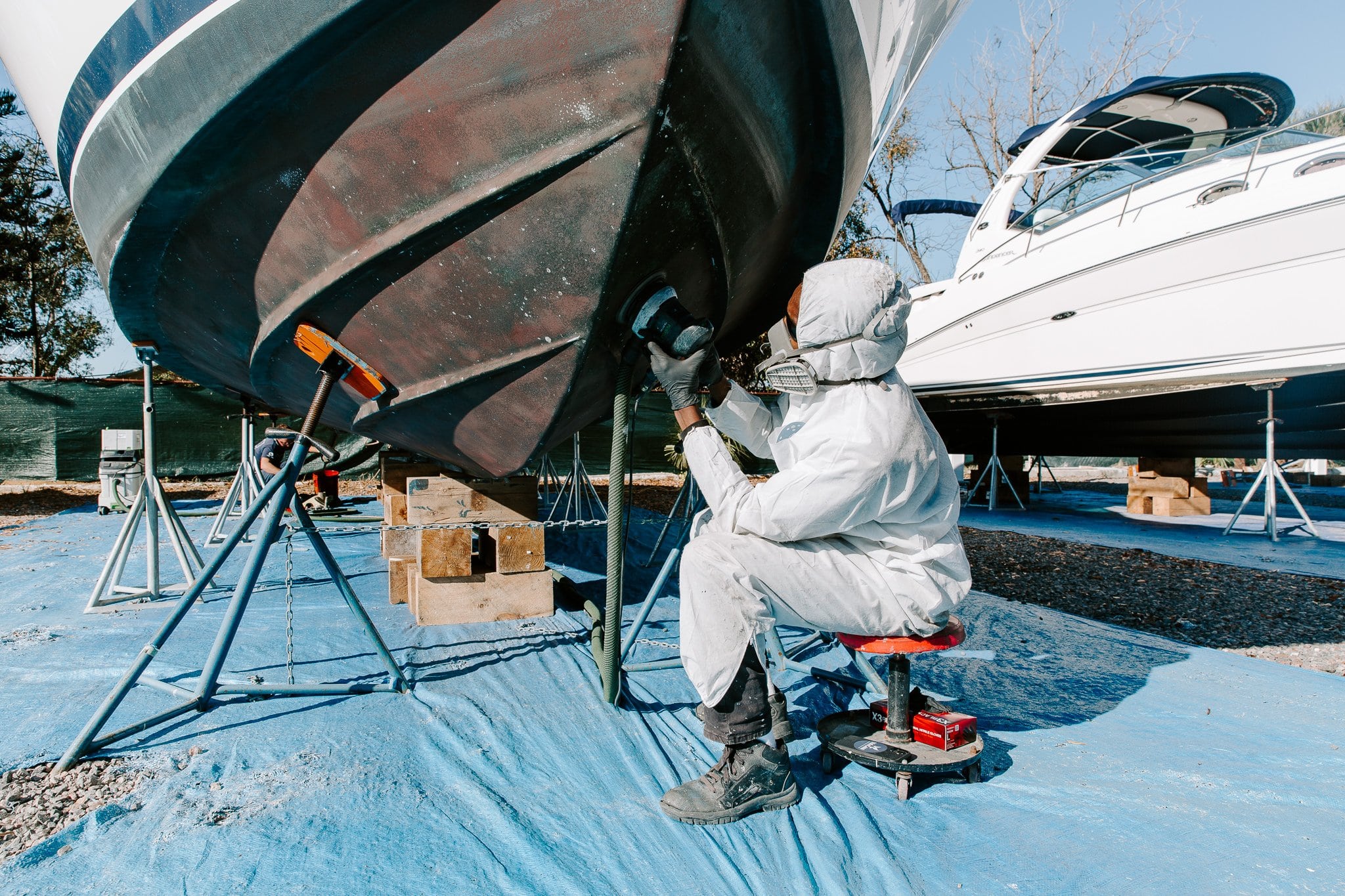
YACHT MAINTENANCE TIPS
Take care of your yacht by keeping up with the maintenance and you’ll be able to enjoy trouble free boating!
Pre-Departure Checks
Check your yacht over every single time you go sailing.
Here are some pre-departure checklist items for harbor sailing:
- check battery voltages and levels
- check the weather
- check engine fluid levels
- check fresh water levels
- check navigation lights
- secure loose items
- check boat anchor and shackles
- start the engine and check exhaust water
Pack up Procedure
- tidy up sheet lines and sails
- shut off engine
- check mooring lines
- check bilges
- leave battery switches in correct position
- fill in logbook for items that require attention
- shut hatches and pull blinds
- wash down deck, anchor and cockpit
- check shore voltage
- fill water tank
What should be serviced?
We recommend the following annually:
- deck and hull polishing
- antifouling and slip
- engine service
- sail drive service
- keel bolt inspection
- anchor winch service
- rigging check and tune
- steering system inspection
- sheet winch service
- toilet system service
- battery test
- seacock condition
- LPG system check
- fresh water filters
- full interior detail
- bilge clean
- steam clean
- instrument calibration
We also recommend:
- Every 6 months: stainless steel polish
- Every 6 months: teak maintenance and cleaning
- Every 3 months: hull scrubs
Seacocks
Hanse yachts come with good quality metal ball valves for hull fittings underwater to ensure the watertight integrity of your yacht.
It would be best to get into a routine where you shut these valves off every time you leave the boat. Also remember to turn the valves on when you are using your boat to avoid damaging the engine.
This way you won’t have to worry about the hose or fitting springing a leak or the bilge pump not working because it drained the batteries while you left your yacht unattended.
A major advantage of regularly opening and closing the valves is that over time if they’re not moved, they tend to become stiff or even seized in the open position.
This ensures that your valves will be able to operate in case of an emergency.
Fuel Problems
A problem you may encounter with diesel fuel on a yacht is contamination from algae.
Algae will grow on the carbon and hydrogen in the fuel and on any water lying in the bottom of your fuel tank.
The algae could eventually block your fuel lines and filters which could corrode your tank.
How to stop fuel contamination on your yacht?
- use your boat and the fuel so it does not go stale
- keep your tanks topped up to limit this
- use a quality fuel additive with Biocide in it
- a bad case of algae growth could require your tank to be pumped out and cleaned
- buy fuel from a reputable seller
- check the condition of your fuel in the glass bowl primary fuel filter
- be cautious of other indicators of contaminated fuel: dark exhaust smoke or soot on the transom
- use a chamois cloth over the filler when filling your fuel tank
- fix signs of contamination immediately.